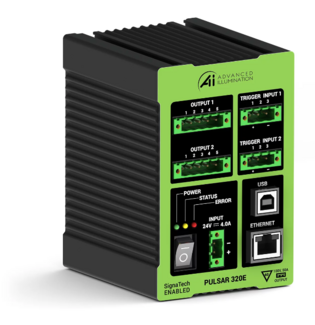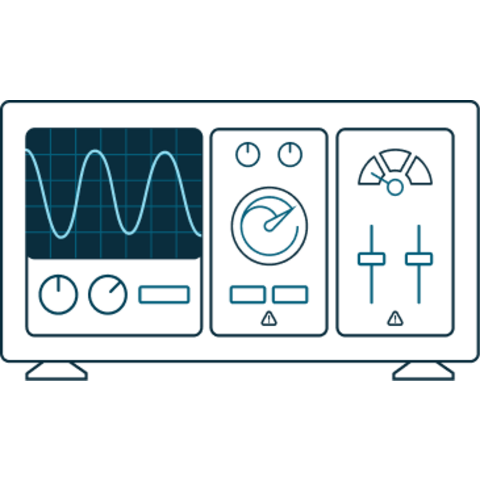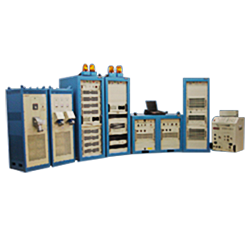Elgar - Power, Special Test Equipment (PSTE) - Complete spacecraft power special test equipment
Integrated subsystem test
- SAS, BSS, Umbilical systems
- AC Input isolation
- Power Validation Fixtures
- Redundant OV & OI
The Elgar Power Special Test Equipment (PSTE) provides programmable DC power, and programmable loading, to the electrical systems of satellites for system functional testing.
There are several key benefits of the PSTE. First, it is a complete turnkey system that is capable of operating locally through a simple GUI interface or remotely via a host computer as a single Ethernet address. The spacecraft engineer who defines the spacecraft power bus limits, cabling scheme, mode simultaneity matrix, and system behavior based upon limit conditions implements the real intelligence of the system. From this definition, operating procedures can be generated to allow spacecraft technicians to operate the system, system protections are implemented that perform cable detection and mode verification, automated spacecraft fixture identification and related mode capability, and more.
Second, the PSTE is intended to negate the need for purchasing new power test equipment with each new spacecraft. With a review of current and future needs and industry trends, power resources can be sized to provide the optimal blend of flexibility and price.
The system also monitors and provides protection for the satellite electrical power systems against any damage by programming error or by system failure.
The following resources are available in the system pictured on the cover. In most cases, the hardware resources can be scaled to meet the customer's individual requirements.
AC Isolation transformers
- 75KVA power rating; Transform 480VAC 3phase Delta to 208VAC 3 phase Wye Main
Power Rack
- Five 10KW power channels; 150VDC at 67A each
- One 5KW load channel; 3-450V, 0-150A constant current
- Eight programmable strip chart recorder outputs
Solar Array Simulator
- 64 Channels with 110V Voc and 450W each
Electronic Load Rack
- Three 5KW load channel; 3-450V, 0-150A constant current
Remote User Interface
- Ruggedized Portable PC with operator interface software
System Verification test Fixture
- Customized for individual spacecraft I/O to allow convenient, manual verification of power setup.
Hardware Overview
In this section, the overall system is first represented by a simplified block diagram along with a general discussion of the function of each equipment rack. After which, each rack of equipment is represented by its own block diagram. Each rack block diagram is supported by a discussion of the equipment in the rack.
Either the Remote User Interface (RUI) or the Remote Operating System (ROS) is the source of control, or Computer in Charge (CIC), at any given time, at the operator's discretion. The ROS is supplied by the user. The CIC communicates directly with the system controller in the MPR (MPR controller), and the entire system is controlled via the MPR Controller.
Diagnostics and Troubleshooting can be accomplished directly from the MPR controller. The Main Power Rack (MPR) provides main bus power for tests from up to five internal power sources. The Solar Array Simulator (SAS) provides solar panel simulation power. The Spacecraft Protection Unit (SPU) further protects the spacecraft from damage in case of failure of the built-in OVP/OIP protection of the rest of the PSTE system. For electrical system loading tests, the Electronic Load Rack (ELR) provides three programmable Electronic Load Units (ELU). The MPR contains an ELU that can be used when only one ELU is required.











